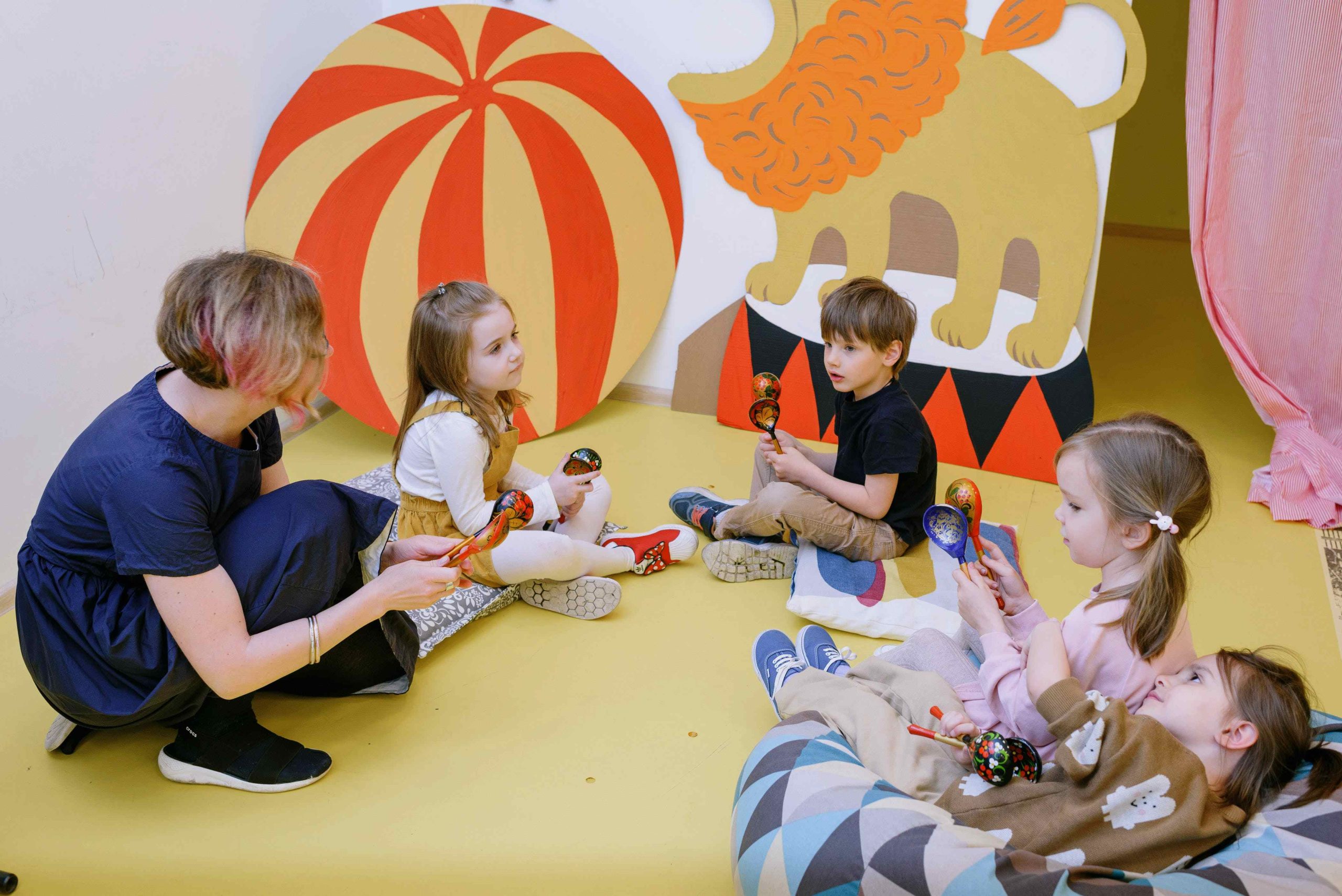
Preschool Learning Environment: Building the Foundation for Lifelong Learning
Preschoolers’ early educational experiences significantly depend on the preschool learning environment. This period is crucial for developing fundamental social, emotional, and cognitive abilities, laying the groundwork for lifelong learning. By providing the necessary resources in a well-designed and supportive setting, preschoolers can reach their full potential. This article will discuss the importance of the preschool learning environment, its essential components, and strategies for creating an effective atmosphere.
The Importance of a Preschool Learning Environment
The first five years of a child’s life are critical for development, with preschool playing a vital role. The learning environment significantly influences social, emotional, and cognitive development. Research indicates that preschoolers attending high-quality programs are more likely to excel academically and socially. A positive environment fosters confidence, self-esteem, and a love for learning.
The Key Components of an Effective Preschool Learning Environment
- Safety and Security: Ensuring a safe environment is essential for preschoolers’ well-being. Hazards should be eliminated, and safety measures implemented to prevent accidents.
- Age-Appropriate Materials: Preschoolers learn through play, requiring access to suitable materials like puzzles and art supplies to encourage hands-on exploration.
- Positive Relationships: Building strong connections with teachers and caregivers fosters a nurturing environment where preschoolers feel valued and supported.
- Structured Learning: While play is crucial, structured activities such as circle time help develop essential skills like communication and problem-solving.
- Outdoor Play: Outdoor activities provide opportunities for physical activity and exploration, contributing to holistic development.
- Diversity and Inclusion: Celebrating diversity creates an inclusive environment where all children feel welcomed and respected.
Creating an Effective Preschool Learning Environment
Establishing an effective preschool learning environment involves:
- Conducting a Needs Assessment: Understand the needs of preschoolers and the community through surveys or meetings.
- Planning the Space: Design the environment to meet the needs of preschoolers and ensure safety.
- Selecting Age-Appropriate Materials: Choose materials that promote exploration and creativity.
- Building Positive Relationships: Foster connections with preschoolers to create a supportive atmosphere.
- Creating a Structured Learning Environment: Incorporate both play and structured activities to support development.
- Incorporating Outdoor Play: Provide a safe outdoor area for physical activity and exploration.
- Promoting Diversity and Inclusion: Celebrate differences and create a welcoming environment for all.
- Engaging Parents and Families: Involve families in the learning process through communication and participation.
Benefits of a Well-Designed Preschool Learning Environment
A well-designed preschool learning environment offers:
- Improved Academic Performance: High-quality programs foster cognitive and academic skills.
- Social and Emotional Development: Preschool provides opportunities for developing social and emotional skills.
- Improved Health and Well-Being: A safe environment promotes physical health and well-being.
- Teacher and Caregiver Satisfaction: A supportive environment leads to satisfaction among educators.
- Family Engagement: Involving families creates a collaborative learning environment.
Strategies for Creating a Safe and Secure Preschool Learning Environment
To ensure a safe environment:
- Establish Clear Rules and Routines: Clearly communicate expectations and maintain consistent routines.
- Monitor the Environment: Regularly check for hazards and ensure cleanliness.
- Create a Positive Atmosphere: Foster positivity through warm greetings and encouragement.
- Implement Safety Procedures: Have emergency plans in place and ensure staff are trained.
The Importance of Positive Relationships in the Preschool Learning Environment
Positive relationships are vital for social and emotional development:
- Create a Supportive Atmosphere: Foster warmth and support to help preschoolers feel comfortable.
- Use Positive Discipline: Reinforce positive behavior to build trust and respect.
- Build Trust: Be consistent and reliable to establish trust with preschoolers.
- Engage Families: Collaborate with families to create a supportive community.
Strategies for Promoting Diversity and Inclusion in the Preschool Learning Environment
To promote diversity:
- Celebrate Diversity: Incorporate materials and activities that highlight different cultures.
- Address Bias: Challenge stereotypes and promote positive attitudes towards all individuals.
- Provide Culturally Responsive Care: Be sensitive to cultural backgrounds and experiences.
- Use Inclusive Language: Use language that respects all backgrounds and family structures.
- Engage Families: Involve families in promoting diversity and inclusion.
Conclusion
Creating a high-quality preschool learning environment requires careful planning and ongoing commitment. By prioritizing safety, positive relationships, diversity, and inclusion, educators can provide an atmosphere where preschoolers thrive. Through collaboration with families and continuous improvement, we can ensure that every child receives the support they need to succeed.


